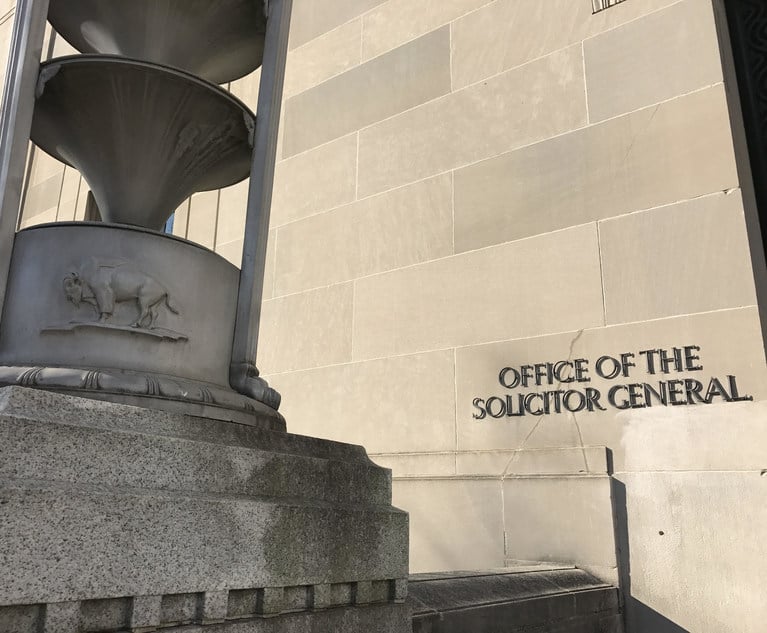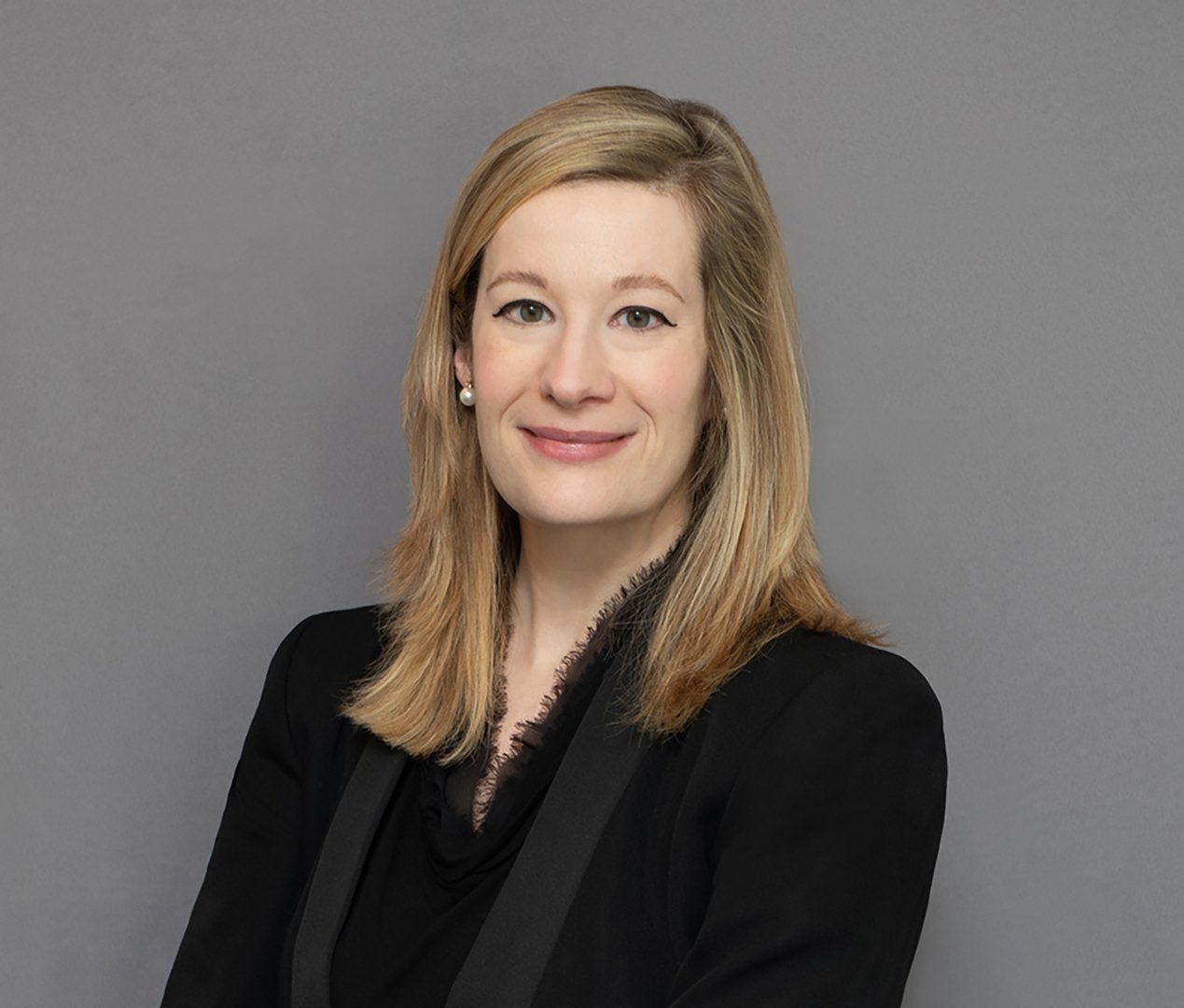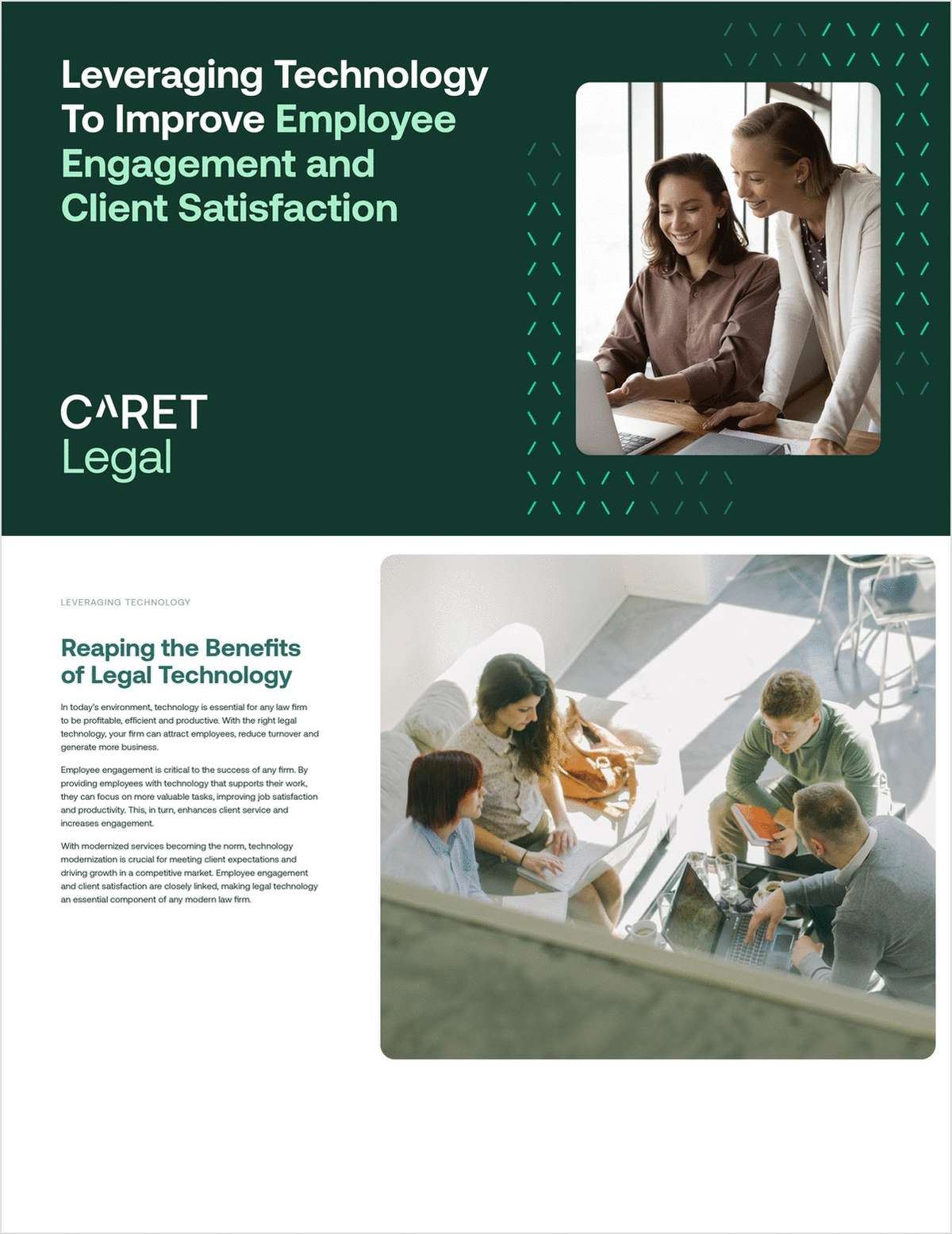 Byron White, former Supreme Court Justice, at the District of Columbia Circuit Symposium, on March 8, 2001. Photo: Stacey Cramp/Shutterstock.com
Byron White, former Supreme Court Justice, at the District of Columbia Circuit Symposium, on March 8, 2001. Photo: Stacey Cramp/Shutterstock.com The Marble Palace Blog: Byron White, Supreme Court Justice and Basketball Star
The late Justice Byron White was a famed football player in his younger days, but his basketball skill made a mark inside and outside the court.
July 15, 2022 at 12:43 PM
4 minute read
Thank you for reading The Marble Palace Blog, which I hope will inform and surprise you about the Supreme Court of the United States. My name is Tony Mauro. I've covered the Supreme Court since 1979 and for ALM since 2000. I semiretired in 2019, but I am still fascinated by the high court. I'll welcome any tips or suggestions for topics to write about. You can reach me at [email protected].
Sixty years after Byron White became a justice of the U.S. Supreme Court, he is remembered not just as an important jurist, but also as a top-notch athlete in college and professional football.
James Duff, currently the executive director of the Supreme Court Historical Society, recently featured White's somewhat lesser-known expertise at basketball. Duff previously was twice director of the Administrative Office of the U.S. Courts, and he worked twice with chief justices (Warren Burger and William Rehnquist). Duff also was a friend of White.
"His best-known athletic achievements were in his football career," Duff said in a "SCOTUS Scoop" article on the historical society's website. "Few know, however, that the basketball team on which he starred at the University of Colorado played in the national championship game in the first National Invitational Tournament in Madison Square Garden in March of 1938, the predecessor to March Madness and the NCAA Tournament today."
Duff added, "You wouldn't learn this from Justice White. He was a very modest man. But he certainly deserved President John F. Kennedy's praise upon nominating him to the Supreme Court: 'He has excelled at everything.'"
"My memories involve the many friendships formed in that small gym that I enjoy to this day," Duff wrote. "For me, and many others, none were more treasured than the time spent there with Justice Byron R. White."
White often exercised his basketball prowess at the Supreme Court itself, where the so-called "Highest Court in the Land," a small gym—formerly a storage room—resides above the court's chamber. The gym was so near the courtroom that playing basketball and lifting weights was prohibited when the court was in session because of background noise. But before or after oral arguments, White often made himself known during his time at the Supreme Court from 1962 to 1993.
A 2018 Sports Illustrated article about the justices' private basketball court affirmed that White "remained ferociously competitive as a justice and often joined clerks for games of two-on-two." Richard Cordray, a former Justice Anthony Kennedy clerk, said that White liked nothing more than to give you an elbow if you were close to that wall and knock you into it, almost like a hockey check."
Duff was kinder about White's basketball prowess. "He enjoyed a physical game but I never thought it was excessive." Duff, a University of Kentucky alum, added that, "It was pretty tame compared with our practices at Kentucky so I am not the most objective judge. I enjoyed playing with him. Even at an advanced age, his strength and skill levels were superior to most."
White had similar strengths at the court other than the gym. Justice Sandra Day O'Connor once recalled the first time she shook hands with her colleagues before oral arguments when she joined the court in 1981, a long tradition among the justices. When it came to shaking hands with White, she said he "shook my hand in his with such force that I felt tears spring to my eyes from the pain." After that day, O'Connor said she would grab White's thumb instead of shaking his hand, as a preemptive measure.
On the first and only time I shook White's hand, I can confirm that it was a handshake to remember.
NOT FOR REPRINT
© 2025 ALM Global, LLC, All Rights Reserved. Request academic re-use from www.copyright.com. All other uses, submit a request to [email protected]. For more information visit Asset & Logo Licensing.
You Might Like
View All
Trump's DOJ Withdraws Opposition to Law Banning Trans Care for Minors

Supreme Court Denies Trump's Request to Pause Pending Environmental Cases

January Petitions Press High Court on Guns, Birth Certificate Sex Classifications

‘Diminishing Returns’: Is the Superstar Supreme Court Lawyer Overvalued?
Trending Stories
- 1How Alzheimer’s and Other Cognitive Diseases Affect Guardianship, POAs and Estate Planning
- 2How Lower Courts Are Interpreting Justices' Decision in 'Muldrow v. City of St. Louis'
- 3Phantom Income/Retained Earnings and the Potential for Inflated Support
- 4Should a Financially Dependent Child Who Rejects One Parent Still Be Emancipated?
- 5Advising Clients on Special Needs Trusts
Who Got The Work
J. Brugh Lower of Gibbons has entered an appearance for industrial equipment supplier Devco Corporation in a pending trademark infringement lawsuit. The suit, accusing the defendant of selling knock-off Graco products, was filed Dec. 18 in New Jersey District Court by Rivkin Radler on behalf of Graco Inc. and Graco Minnesota. The case, assigned to U.S. District Judge Zahid N. Quraishi, is 3:24-cv-11294, Graco Inc. et al v. Devco Corporation.
Who Got The Work
Rebecca Maller-Stein and Kent A. Yalowitz of Arnold & Porter Kaye Scholer have entered their appearances for Hanaco Venture Capital and its executives, Lior Prosor and David Frankel, in a pending securities lawsuit. The action, filed on Dec. 24 in New York Southern District Court by Zell, Aron & Co. on behalf of Goldeneye Advisors, accuses the defendants of negligently and fraudulently managing the plaintiff's $1 million investment. The case, assigned to U.S. District Judge Vernon S. Broderick, is 1:24-cv-09918, Goldeneye Advisors, LLC v. Hanaco Venture Capital, Ltd. et al.
Who Got The Work
Attorneys from A&O Shearman has stepped in as defense counsel for Toronto-Dominion Bank and other defendants in a pending securities class action. The suit, filed Dec. 11 in New York Southern District Court by Bleichmar Fonti & Auld, accuses the defendants of concealing the bank's 'pervasive' deficiencies in regards to its compliance with the Bank Secrecy Act and the quality of its anti-money laundering controls. The case, assigned to U.S. District Judge Arun Subramanian, is 1:24-cv-09445, Gonzalez v. The Toronto-Dominion Bank et al.
Who Got The Work
Crown Castle International, a Pennsylvania company providing shared communications infrastructure, has turned to Luke D. Wolf of Gordon Rees Scully Mansukhani to fend off a pending breach-of-contract lawsuit. The court action, filed Nov. 25 in Michigan Eastern District Court by Hooper Hathaway PC on behalf of The Town Residences LLC, accuses Crown Castle of failing to transfer approximately $30,000 in utility payments from T-Mobile in breach of a roof-top lease and assignment agreement. The case, assigned to U.S. District Judge Susan K. Declercq, is 2:24-cv-13131, The Town Residences LLC v. T-Mobile US, Inc. et al.
Who Got The Work
Wilfred P. Coronato and Daniel M. Schwartz of McCarter & English have stepped in as defense counsel to Electrolux Home Products Inc. in a pending product liability lawsuit. The court action, filed Nov. 26 in New York Eastern District Court by Poulos Lopiccolo PC and Nagel Rice LLP on behalf of David Stern, alleges that the defendant's refrigerators’ drawers and shelving repeatedly break and fall apart within months after purchase. The case, assigned to U.S. District Judge Joan M. Azrack, is 2:24-cv-08204, Stern v. Electrolux Home Products, Inc.
Featured Firms
Law Offices of Gary Martin Hays & Associates, P.C.
(470) 294-1674
Law Offices of Mark E. Salomone
(857) 444-6468
Smith & Hassler
(713) 739-1250








